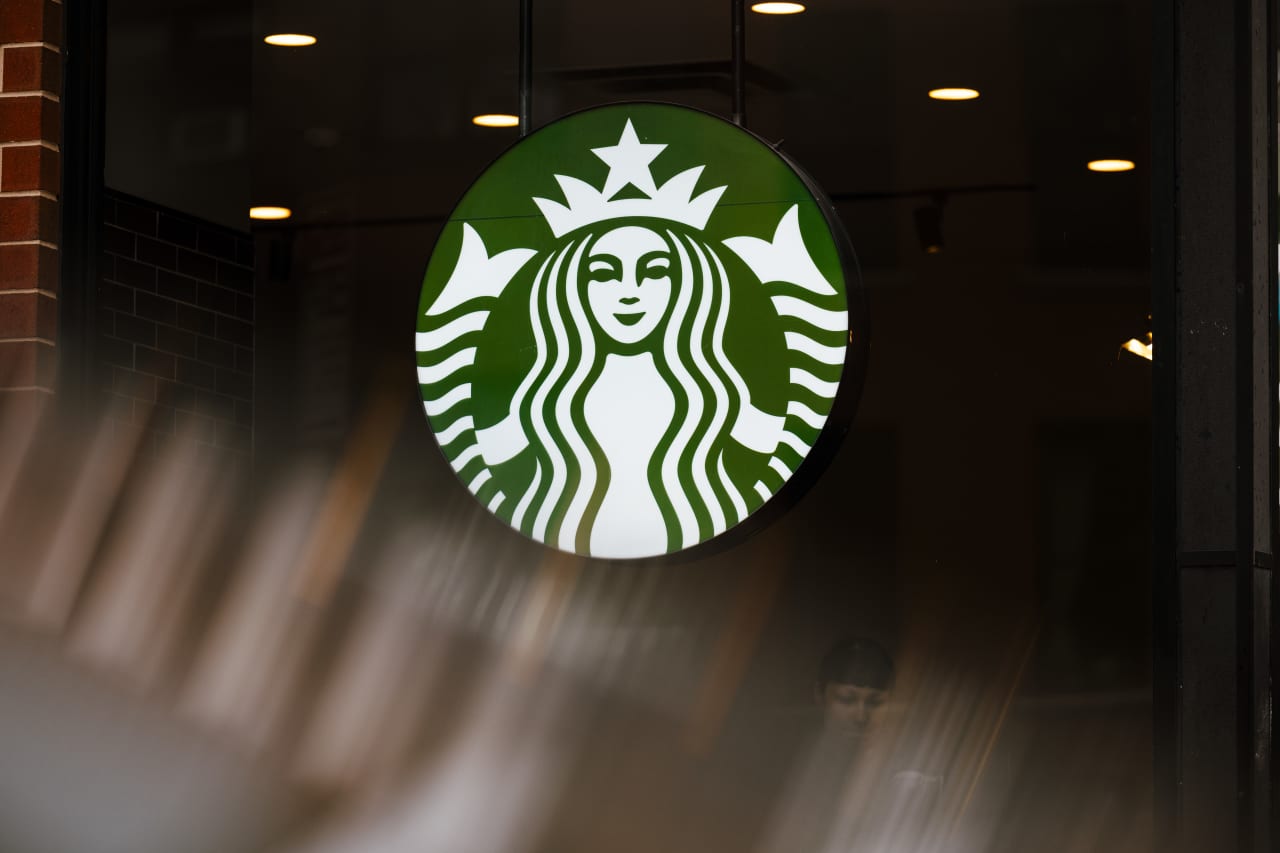Supercar Blondie Is Going Into the Auction Business
Social media personality Supercar Blondie, a London-based Australian whose real name is Alex Hirschi, found her niche posting automotive eyecandy for eager viewers rather accidentally.
“I started out as a journalist, and I just fell into cars through my radio show,” says Hirschi.
For someone who “fell into” cars, they’ve certainly been good to her—the Supercar Blondie network of social channels that includes Supercarblondie.com has 110 million subscribers, including 18.4 million on YouTube and 56 million on Facebook. The content has 2 billion views per month, according to the company.

Jim Motavalli photo
Hirschi, whose first car was a lowly Mitsubishi Lancer, produces the Supercar Blondie content with her husband, Nik Hirschi, who is Swiss. The radio show was on the Arabian Radio Network in Dubai from 2012 to 2017. Dubai is full of supercars, and Hirschi, then known as “Radio Blondie,” said it was a natural fit to drive some of them—Bentleys, McLarens, Ferraris—for on-air features. The independent Supercar Blondie content creation company was launched in Dubai (where Nik Hirschi worked at Bloomberg, Barclays, and Thomson Reuters) in 2017 and has been growing ever since.
“I just loved supercars, and what started out as a hobby after I was loaned a Bentley Flying Spur to drive around Dubai eventually got more serious,” Alex Hirschi says. “We started filming my encounters with cars and uploading the video to our channel.” These days the couple travels 300 days a year; Penta first caught up with them at the Consumer Electronics Show in Las Vegas .

SBX Cars Photo
And now SB Media Group, based in London with 65 employees, Nik as CEO and Alex as the co-founder and on-air talent, is going into the auto auction business. SBX Cars, based in California, launched this week. The inaugural inventory goes beyond cars, and includes an electric Tyde hydrofoil yacht designed by BMW. There’s also a no-reserve Tesla Cybertruck, a one-of-nine Lamborghini Veneno Roadster, and a one-of-three Lamborghini Veneno Coupe. Likely attracting attention will be the first public auctions of the Mercedes-AMG One and the Hyperion XP-1 hydrogen-powered prototype. There were three LaFerrari prototypes, and one will be auctioned by SBX Cars.
A collection of John Player Special Lotus F1 racing cars will also be auctioned, as well as Lotus transporters, and founder Colin Chapman’s personal plane and some vehicles from his garage. Other high-dollar items include a Mercedes 300SL “Gullwing,” a Lamborghini Miura, a BMW 507, and an Aston Martin DB5. The estimated valuation of the auction lots consigned is US$100 million.

SBX Cars Photo
The auctions will be online, but there could be some in-person events in the future. “We’re going to be the only digital auction site that focuses on the high end,” Nik Hirschi says. “We will focus on cars that are super-cool, with many that are one-of-a-kind, and we’re going to be attracting collectors from all over the world. Every car will be represented on the site with 200 photographs, taken by our global network.” Video will also be available.
SBX Cars says it will speed up the process for consignors, with just a few weeks until their cars become available on the site. Once up, the vehicles will remain available for one to two weeks. SBX Cars Auction Director Lance Butler, a Bonhams veteran, said in a statement that the auction “introduces our clients to a far easier buying and selling process, all while accessing one of the world’s largest global audiences by way of Supercar Blondie.”

SBX Cars Photo
Mercedes 300SLs, Aston Martin DB5s, and BMW 507s are frequently auctioned around the globe, but SBX features some true exotics.
 Copyright 2020, Dow Jones & Company, Inc. All Rights Reserved Worldwide. LEARN MORE
Copyright 2020, Dow Jones & Company, Inc. All Rights Reserved Worldwide. LEARN MORE
This stylish family home combines a classic palette and finishes with a flexible floorplan
Just 55 minutes from Sydney, make this your creative getaway located in the majestic Hawkesbury region.
Starbucks is making another major leadership change just one week after new CEO Brian Niccol started his job.
Michael Conway, the 58-year-old coffee chain’s head of North America, will be retiring at the end of November, according to a Monday filing with the Securities and Exchange Commission.
The decision came only six months after Conway took on the job. His position won’t be filled. Instead, the company plans to seek candidates for a new role in charge of Starbucks’ global branding.
The chief brand officer role will have responsibilities across product, marketing, digital, customer insights, creative and store concepts.
“Recognizing the unmatched capabilities of the Starbucks team and seeing the energy and enthusiasm for Brian’s early vision, I could not think of a better time to begin my transition towards retirement,” wrote Conway in a statement.
Conway has been at Starbucks for more than a decade, and was promoted to his current job—a newly created role—back in March, as part of the company’s structural leadership change under former CEO Laxman Narasimhan.
The coffee giant has been struggling with weaker sales in recent quarters, as it faces not only macroeconomic headwinds, but also operational, branding, and product development challenges.
Narasimhan was taking many moves to turn around the business, but faced increasing pressure from the board, shareholders, and activist investors.
One month ago, Starbucks ousted Narasimhan and appointed Brian Niccol, the former CEO at Chipotle, as its top executive. The stock has since jumped 20% in a show of faith for Niccol, who started at Starbucks last week.
When he was at Chipotle, Niccol made a few executive hires that were key to the company’s turnaround.
This stylish family home combines a classic palette and finishes with a flexible floorplan
Just 55 minutes from Sydney, make this your creative getaway located in the majestic Hawkesbury region.























